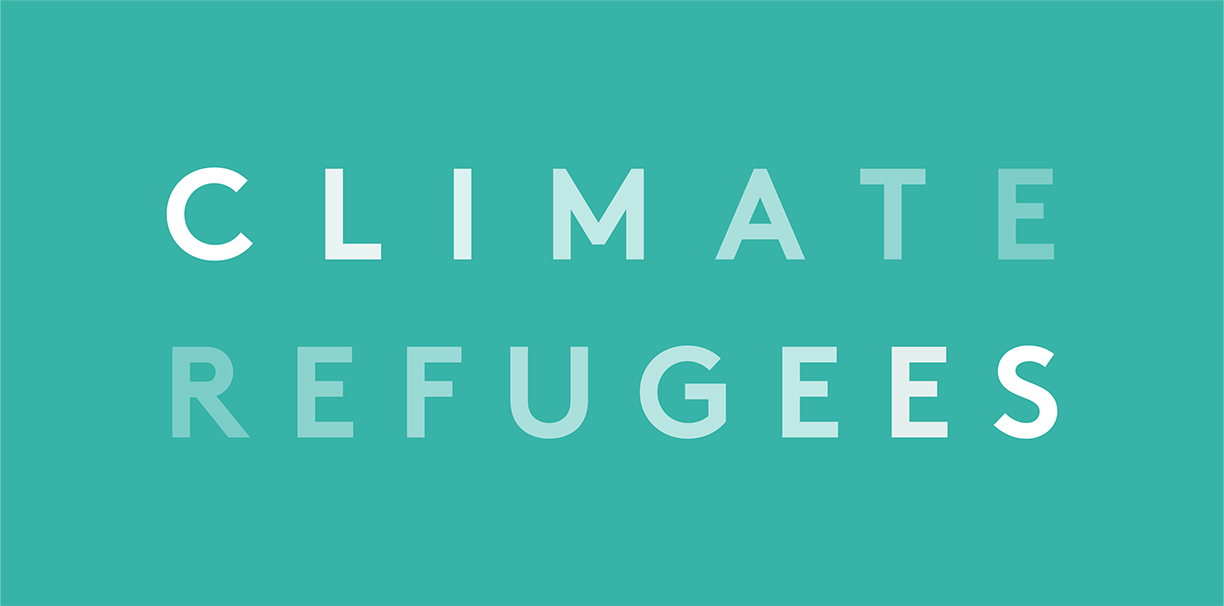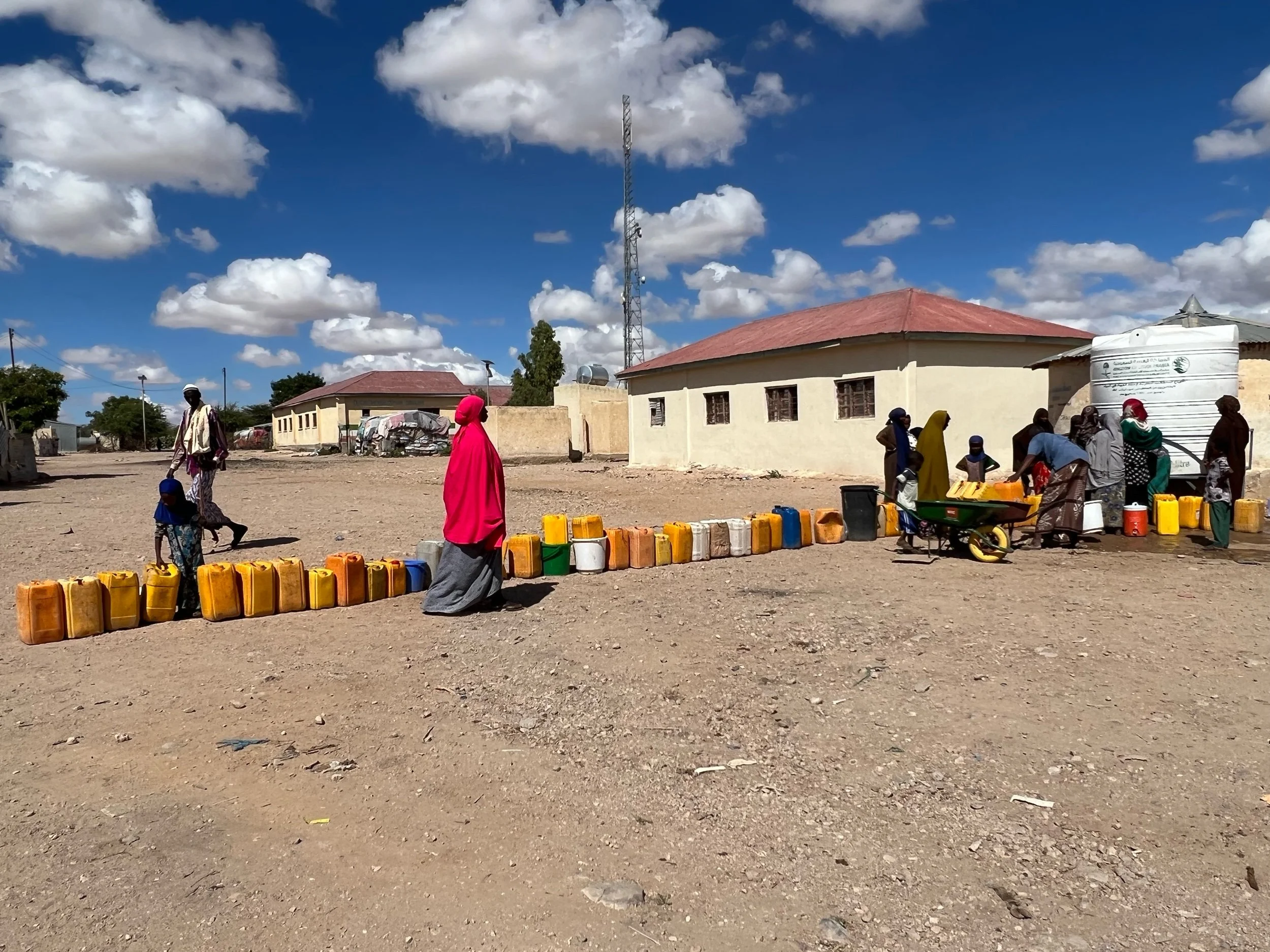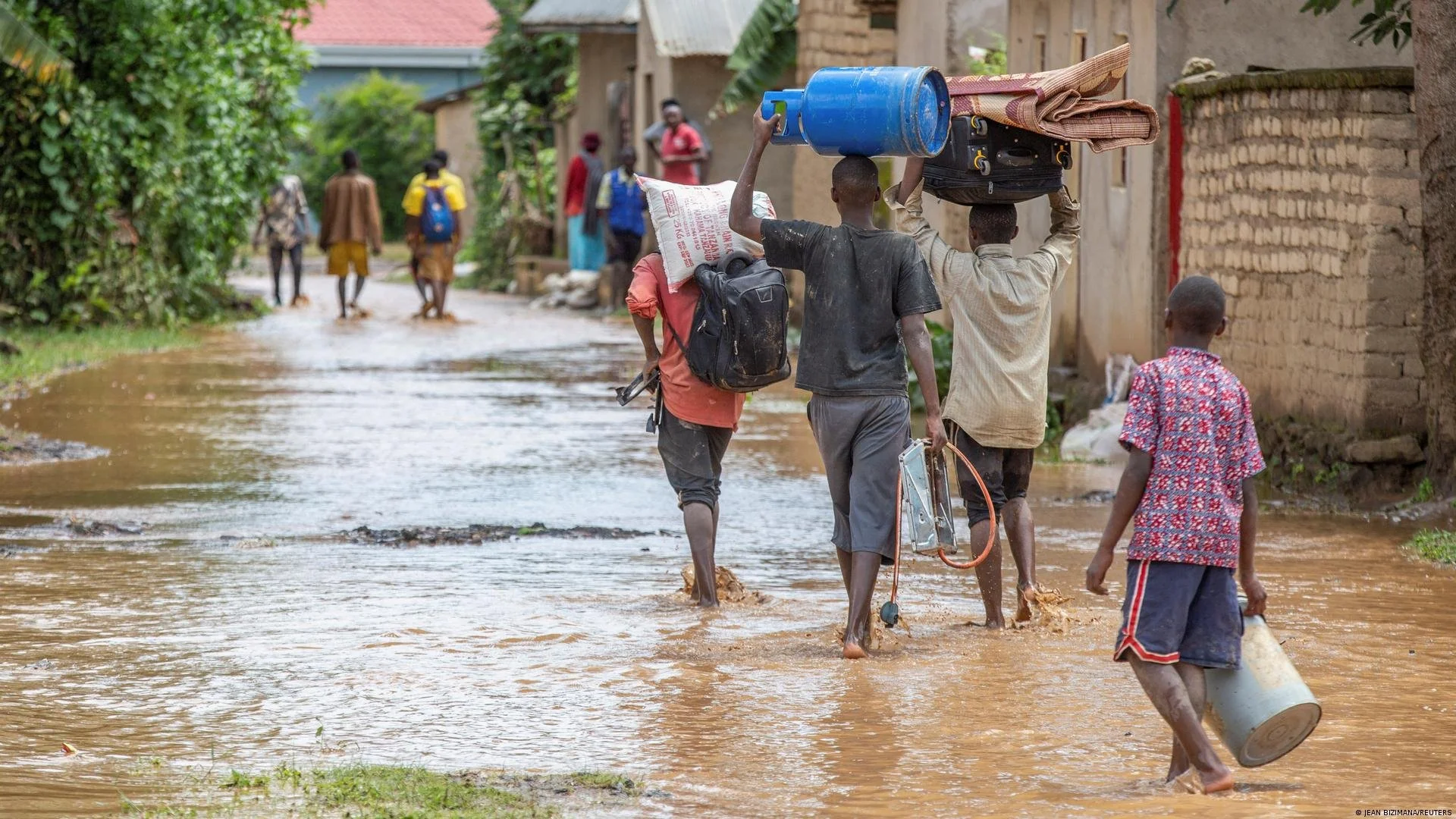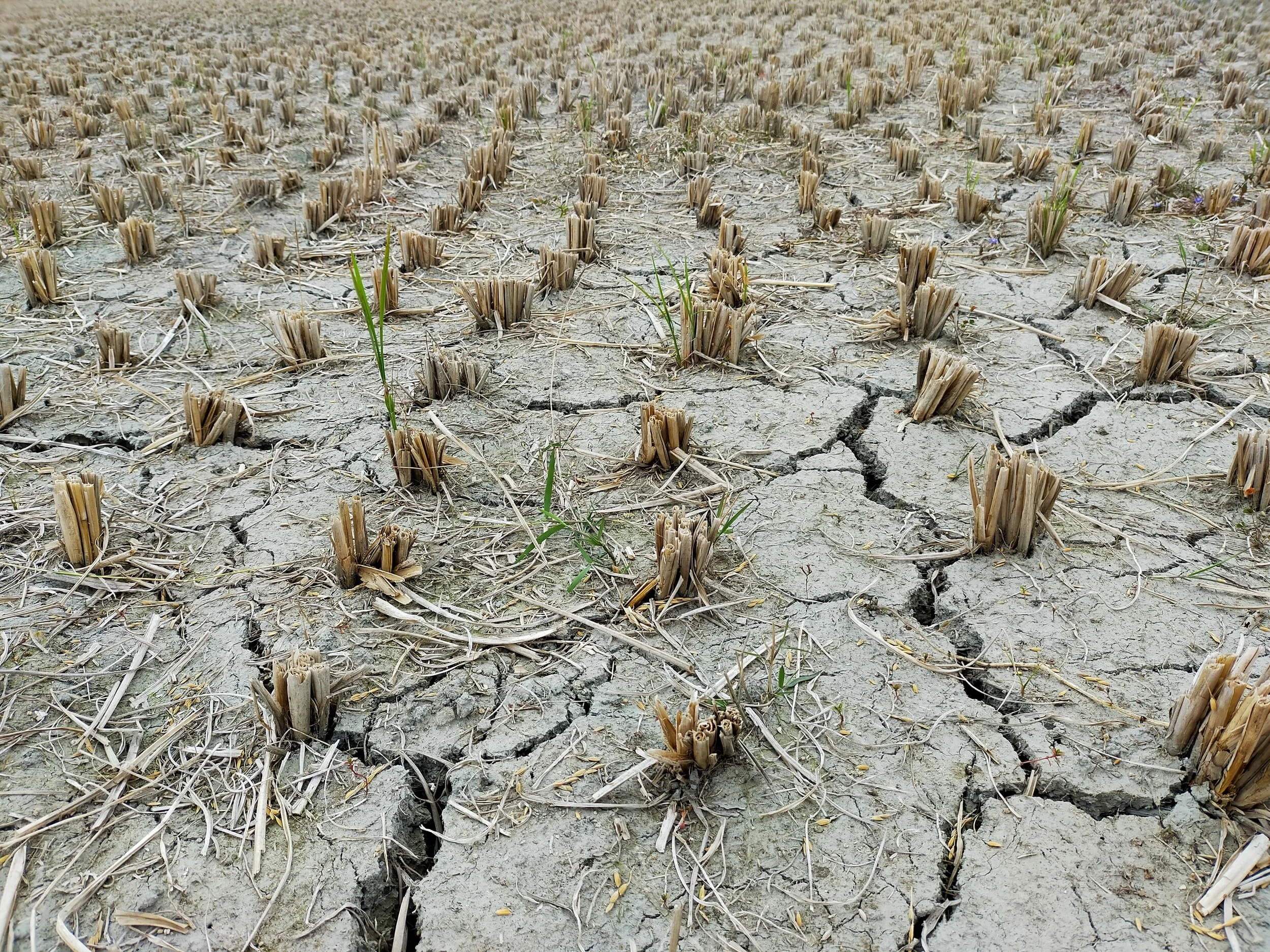Jamaica is one of many nations ready to take action with stronger climate plans, just as the Atlantic hurricane season kicks off. A few countries have met the Paris Agreement to upgrade their climate action plans - Suriname, the Marshall Islands, Rwanda, Norway and soon, hopefully, Jamaica. The UN urged states to not let economic fallout from the COVID-19 crisis derail their commitments, noting the urgency with 2019 as the second hottest year on record and losses from climate-related disasters costing $150 billion. The world’s biggest polluters have yet to announce climate action plans that include emissions-cutting targets, many now distracted by post-lockdown economic recession. The director of Nairobi-based Power Shift Africa said the COVID-19 crisis exemplified the political will of rich states to mobilize and raise funds, still lacking in the promised climate finance of the Paris Agreement. He said African countries are working on stronger climate action plans because the impacts of climate change are already impacting the continent. (Reuters)
Analysis
Frontline nations have an urgency to keep climate change as a policy priority precisely because they are the nations dealing with the worst of the impacts of climate change right now. COVID-19’s economic impacts have many developed nations and its citizens remarking on the urgency of re-generating stalled economies. In essence: absent so many lost paychecks, climate change can wait.
But for much of the developing world, paychecks have long been absent with climate change a factor at the same time, wreaking havoc on the economy, development and, in some cases, threatening stability, well before the Coronavirus. This is not just the case for sea-level states. Slow-onset climate change has been a factor in many developing countries dependent on agriculture for survival and livelihood, while some middle-income agrarian exporting countries have been forced to discontinue production, importing food crops once produced at home.





































